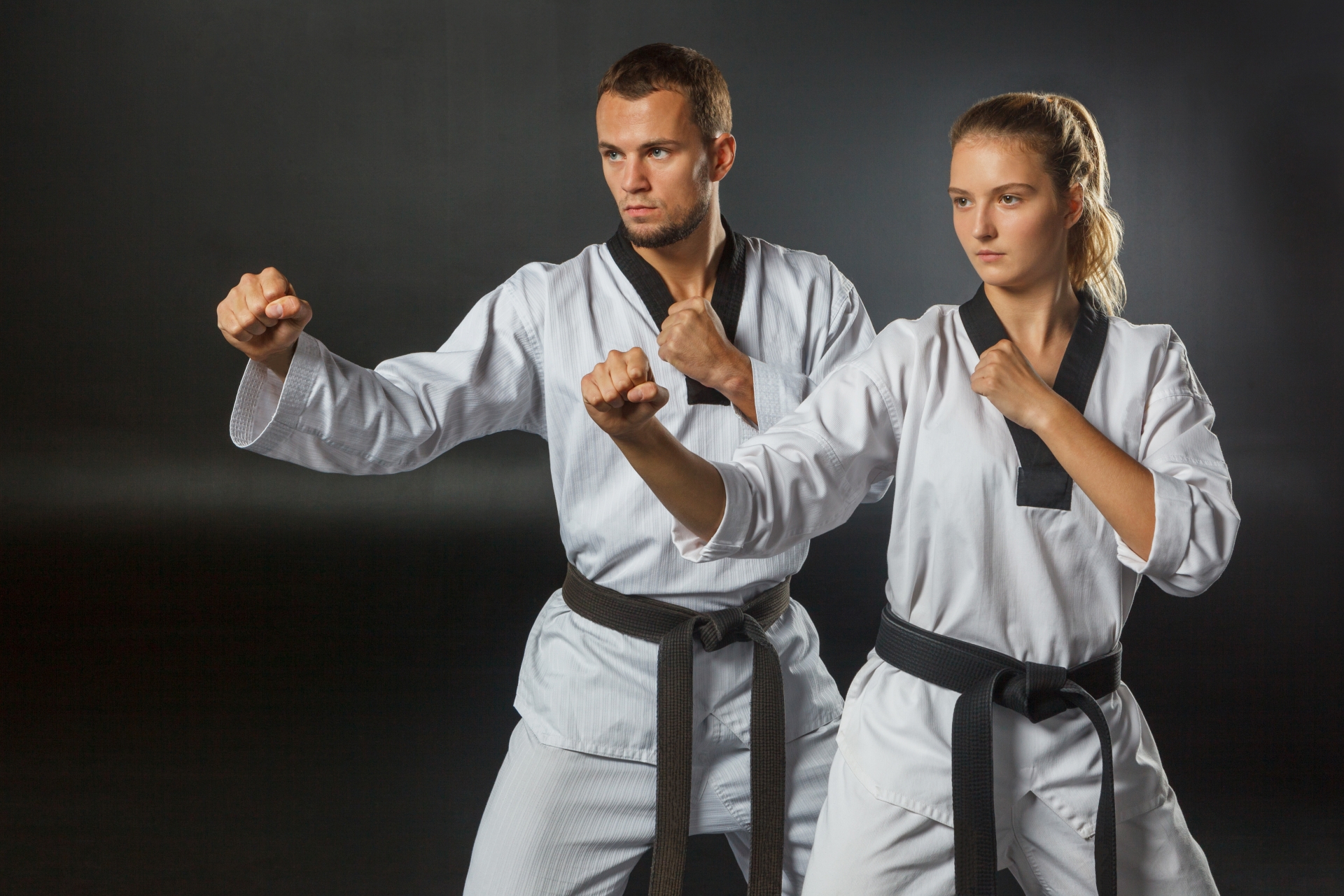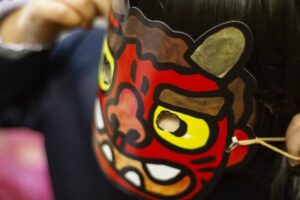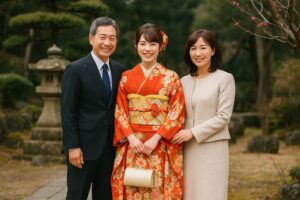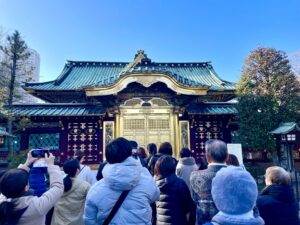Karate, originating from Okinawa, Japan, is more than just a martial art—it’s a way of life. Renowned for its powerful striking techniques and disciplined practice, karate offers a path to physical strength, mental resilience, and personal growth. This guide delves into the rich history, diverse styles, foundational techniques, and the numerous benefits that karate provides for practitioners of all ages.
History and Origins of Karate
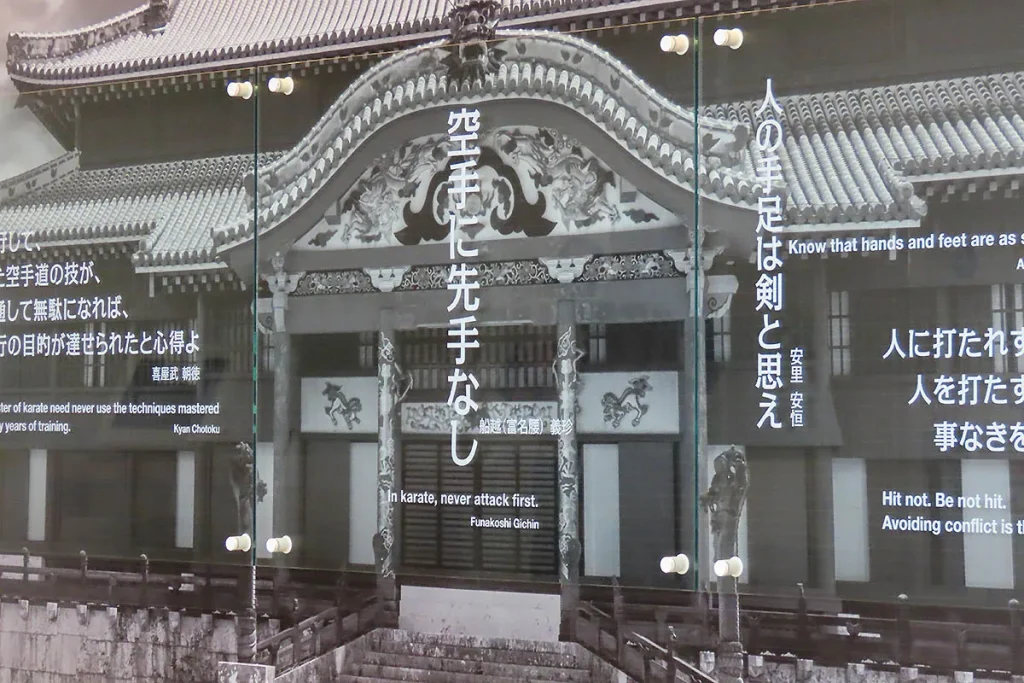
Karate’s origins trace back to the Ryukyu Kingdom in Okinawa, where it was influenced by indigenous fighting styles and Chinese martial arts. Initially practiced in secret due to political restrictions, karate evolved as a means of self-defense without weapons. Key figures like Gichin Funakoshi, who introduced karate to mainland Japan in the early 20th century, played a pivotal role in popularizing the art. The spread of karate worldwide was further fueled by its inclusion in international tournaments and the establishment of various karate organizations.
Understanding Different Karate Styles
Karate comprises numerous styles, each with unique philosophies, techniques, and training methods. Shotokan, developed by Gichin Funakoshi, emphasizes linear movements and powerful strikes. Goju-Ryu, blending hard and soft techniques, focuses on close-quarter combat. Shito-Ryu incorporates a wide variety of katas (forms) and combines elements from other styles. Wado-Ryu, meaning “Way of Harmony,” integrates karate with jujitsu techniques, emphasizing body evasion and redirection of force. Understanding these styles helps practitioners choose the one that aligns best with their personal goals and preferences.
Basic Karate Techniques for Beginners
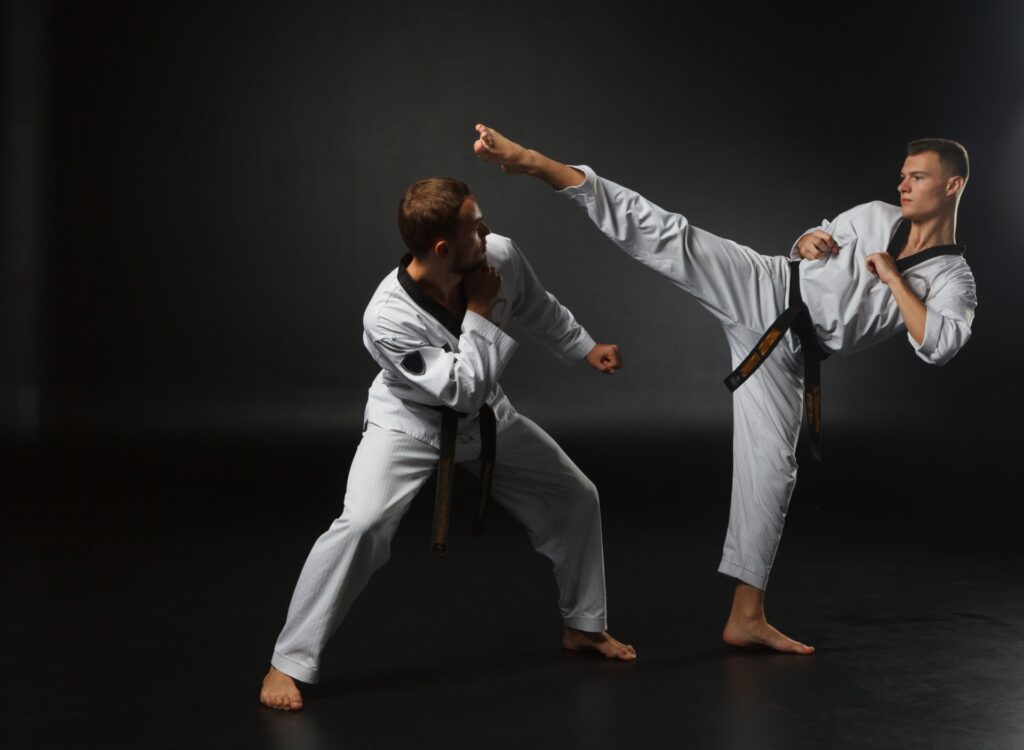
Beginners in karate start by learning foundational techniques that include stances (kamae), strikes (tsuki), kicks (geri), and blocks (uke). Stances such as zenkutsu dachi (front stance) provide stability and power. Common strikes include the straight punch (oi-zuki) and uppercut (age-zuki). Beginners also practice various blocks, like age-uke (rising block) and gedan-barai (downward block), essential for self-defense. Practicing these techniques consistently builds strength, coordination, and muscle memory.
How to Start Karate Training
Starting karate training involves selecting the right dojo, choosing a style, and adhering to dojo etiquette. Look for a dojo with qualified instructors, a structured curriculum, and a welcoming environment. Beginners should start with basic gear such as a karate gi (uniform) and a belt (obi). Training frequency varies, but consistency is key—two to three sessions per week is recommended for steady progress. As students advance, they progress through belt ranks, signifying their growing knowledge and skill.
Health and Wellness Benefits of Karate
Karate offers numerous physical and mental health benefits. It enhances cardiovascular health, improves flexibility, and strengthens muscles. The repetitive practice of techniques helps in developing motor skills and coordination. Mentally, karate promotes discipline, focus, and stress relief. Studies have shown that regular karate practice can boost self-esteem and mental resilience, providing a holistic approach to health and wellness.
Karate for Children and Families
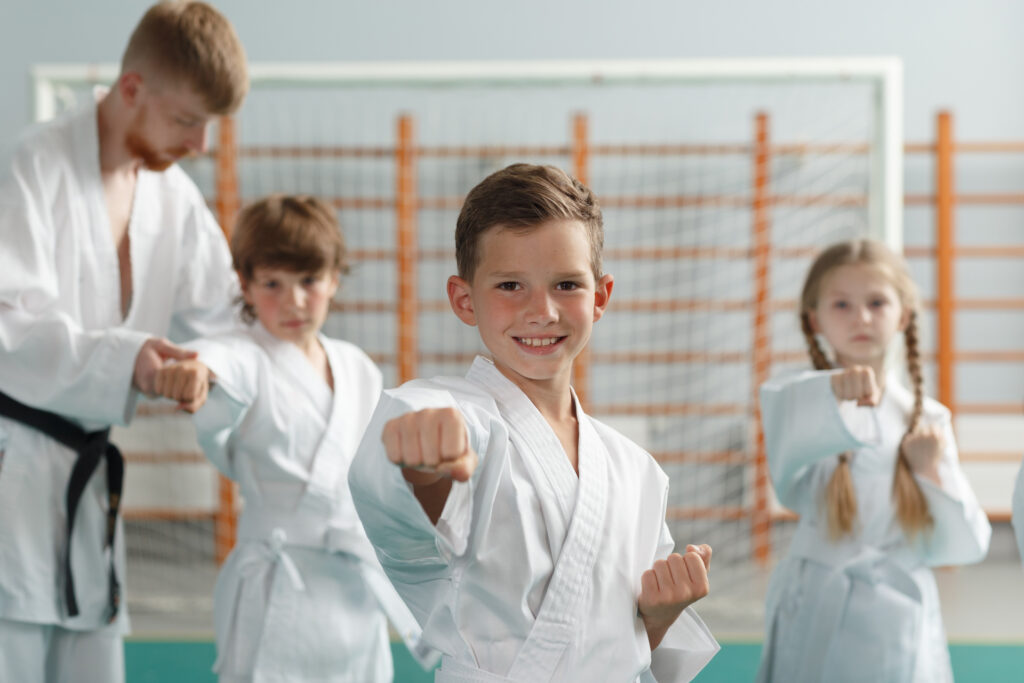
Enrolling children in karate classes offers numerous advantages, including character development, improved focus, and self-discipline. Karate teaches respect, responsibility, and perseverance, making it an excellent tool for personal growth. Family-oriented karate programs allow parents and children to train together, fostering a sense of unity and shared goals. These programs emphasize fun, safety, and personal development, making karate a popular choice for families.
Advanced Techniques and Karate Competitions
As students progress, they learn advanced techniques, including complex katas (patterns of movements) and kumite (sparring). Competitive karate offers opportunities to test skills in a controlled environment. Tournaments feature kata demonstrations and kumite bouts, judged on technique, power, and precision. Preparing for competition involves rigorous training, strategic planning, and mental conditioning, making it a valuable experience for serious practitioners.
Karate for Seniors: A New Beginning

Karate is suitable for individuals of all ages, including seniors. Modified training approaches can accommodate physical limitations, focusing on gentle movements that improve balance, flexibility, and mental acuity. Karate for seniors emphasizes low-impact techniques and slow, deliberate practice, which can enhance joint health and overall mobility. It also provides a supportive community, contributing to social well-being and mental health.
The Role of Karate in Self-Defense
Karate’s techniques are highly effective for self-defense. Practitioners learn to deliver powerful strikes, execute blocks, and use evasive maneuvers to protect themselves. Karate training also instills a sense of awareness and confidence, crucial in real-life situations. By simulating realistic scenarios, karate practitioners develop quick reflexes and the ability to remain calm under pressure, enhancing their ability to defend themselves effectively.
Conclusion
Karate is a versatile and enriching martial art that benefits practitioners of all ages. From its deep historical roots to its modern-day applications, karate offers a pathway to physical health, mental discipline, and personal development. Whether you’re a beginner, a fitness enthusiast, or looking for a new hobby, karate provides a comprehensive approach to enhancing both physical and mental well-being.

